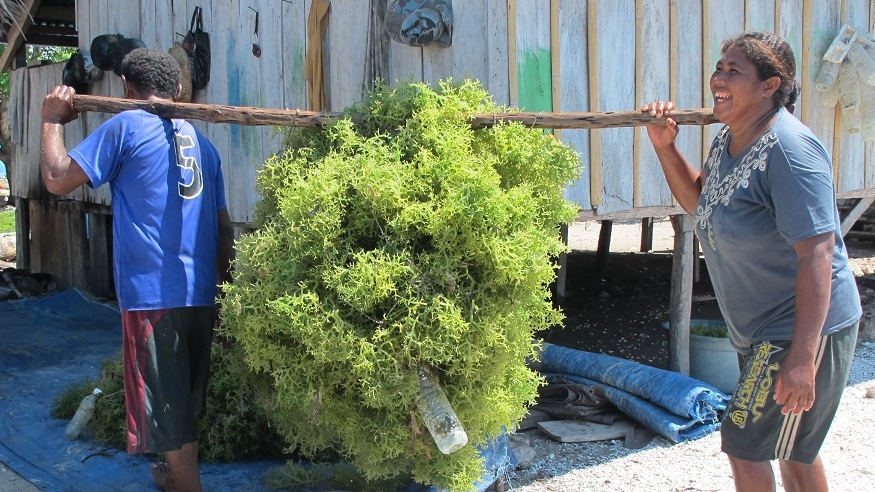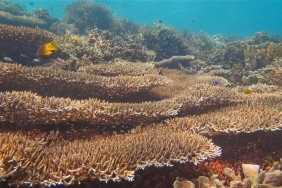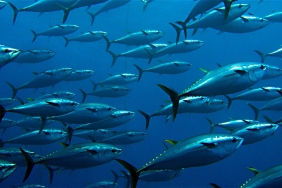THE INS AND OUTS OF SEAWEED FARMING IN INDONESIA
By Agis Riyani
Indonesia is one of the largest seaweed producing countries in the world. In 2012, Indonesia's cultivated seaweed production reached 5.9 million tons, an almost threefold increase since 2008 when it was 2.1 million tons. Seaweed itself can be produced from cultivation at sea (such as Eucheuma sp. and Kappaphycus sp.) and ponds (such as Gracilaria sp.). The location of seaweed cultivation is widely spread in the central and eastern regions of Indonesia, such as South Sulawesi, West Nusa Tenggara (NTB), East Nusa Tenggara (NTT), Bali, Southeast Sulawesi, Gorontalo, Central Sulawesi, Maluku, East Java, and Banten.
From the aspect of cultivation, seaweed has many advantages: it does not require high capital, the cultivation technology is simple so it can be easily done by anyone, can be integrated with other cultivation or polyculture (e.g. cultivation of milkfish with Gracilaria sp.), does not need to use feed, the equipment used is easily available, easy to handle during harvest (usually seaweed is only washed and dried), the cultivation cycle is short (only takes 45 days), can be processed in households to become ready-to-eat products, and can be done as a side business.
However, seaweed farming is also inseparable from various threats, such as the attack of ice-ice disease, as well as the fact that many farmers are tempted to use various chemical products made in factories that are not suitable for their purpose. The use of chemical products can actually fertilize weeds that become pests for seaweed and can reduce water quality if used excessively. The decline in seaweed quality due to premature harvesting, the absence of seaweed nursery management, the use of unqualified seeds, low selling prices (caused by middlemen who come directly to the farm to buy seaweed), and the use of pesticides in pond preparation also add to the long list of seaweed farming problems. The social and legal aspects of the business, such as the licensing of aquaculture businesses and the placement of seaweed farms in accordance with regional spatial planning, should also be taken into account. Seaweed farming is often carried out in areas around coral reef and seagrass ecosystems, which can potentially damage these important marine ecosystems.
Referring to these problems, WWF-Indonesia has created practical guidelines for Better Management Practices (BMP) of Gracilaria Seaweed Cultivation and Kotoni, Sacol, and Spinosum Seaweed Cultivation. Both were created by WWF-Indonesia's aquaculture team involving a number of seaweed cultivation experts, ranging from the Directorate General of Aquaculture Fisheries (Ditjen DJPB), regional marine and fisheries agencies, entrepreneurs, to university academics. In addition to discussing the technical aspects of seaweed cultivation in accordance with the Good Fish Cultivation Practices (CBIB), and the Indonesian National Standard (SNI), this BMP also examines the legality and social aspects of seaweed cultivation businesses that refer to one of the points in the Aquaculture Stewardship Council (ASC) standard. The hope is that these BMPs can be used by small and medium-scale farmers to practice responsible seaweed farming methods so that the quality of products and productivity of seaweed farming in Indonesia will increase.





